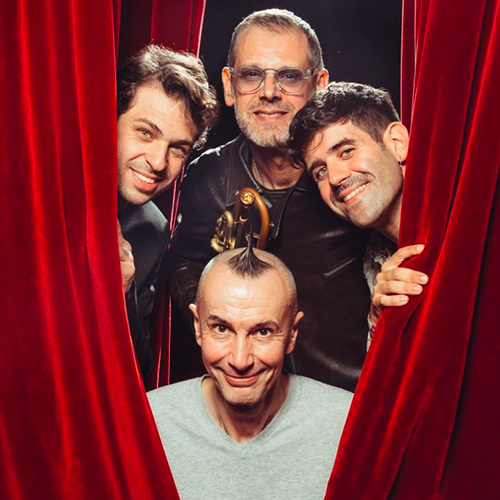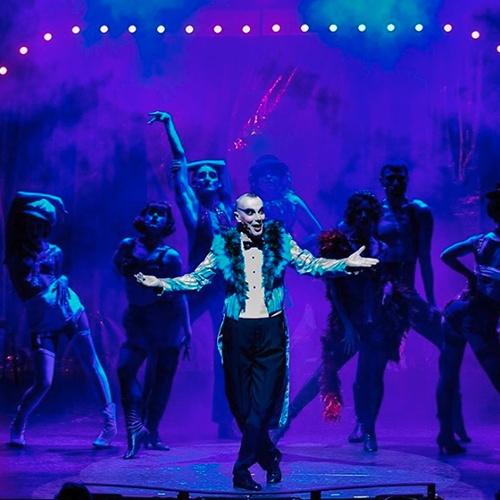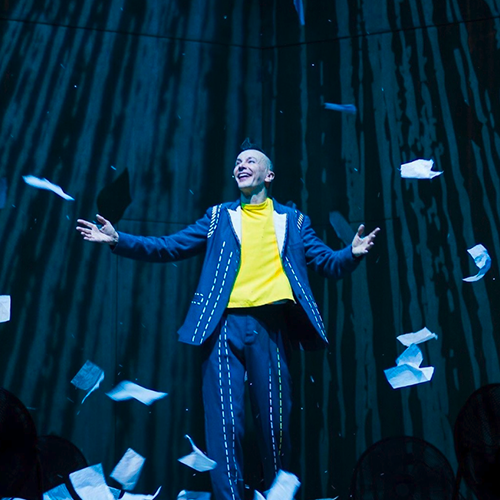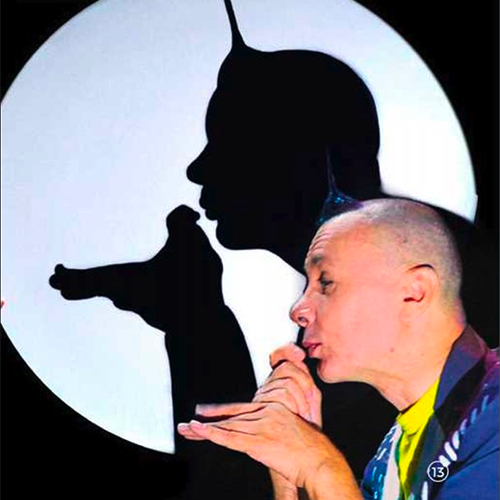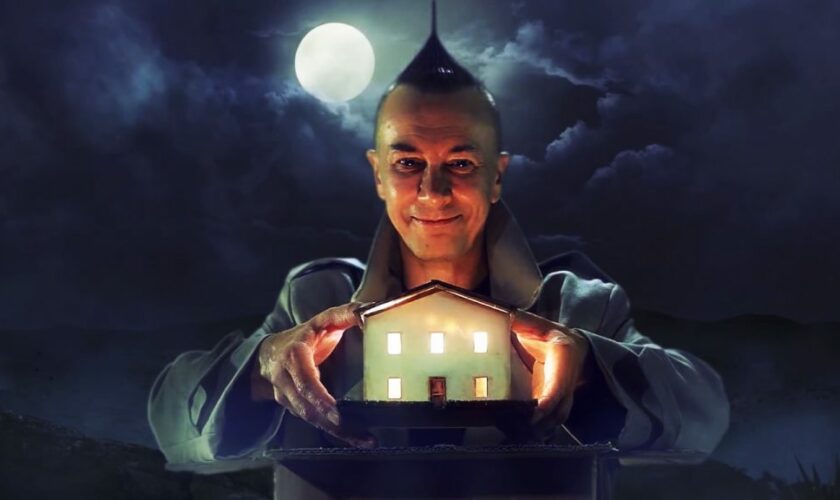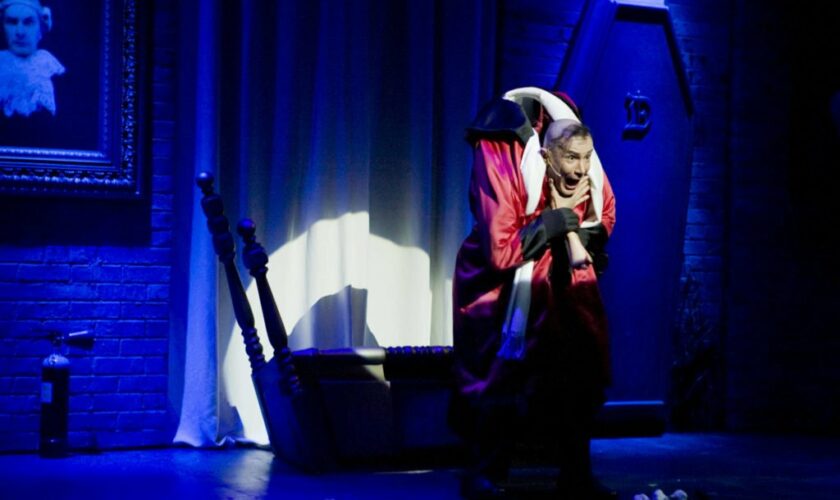The value of the ephemeral
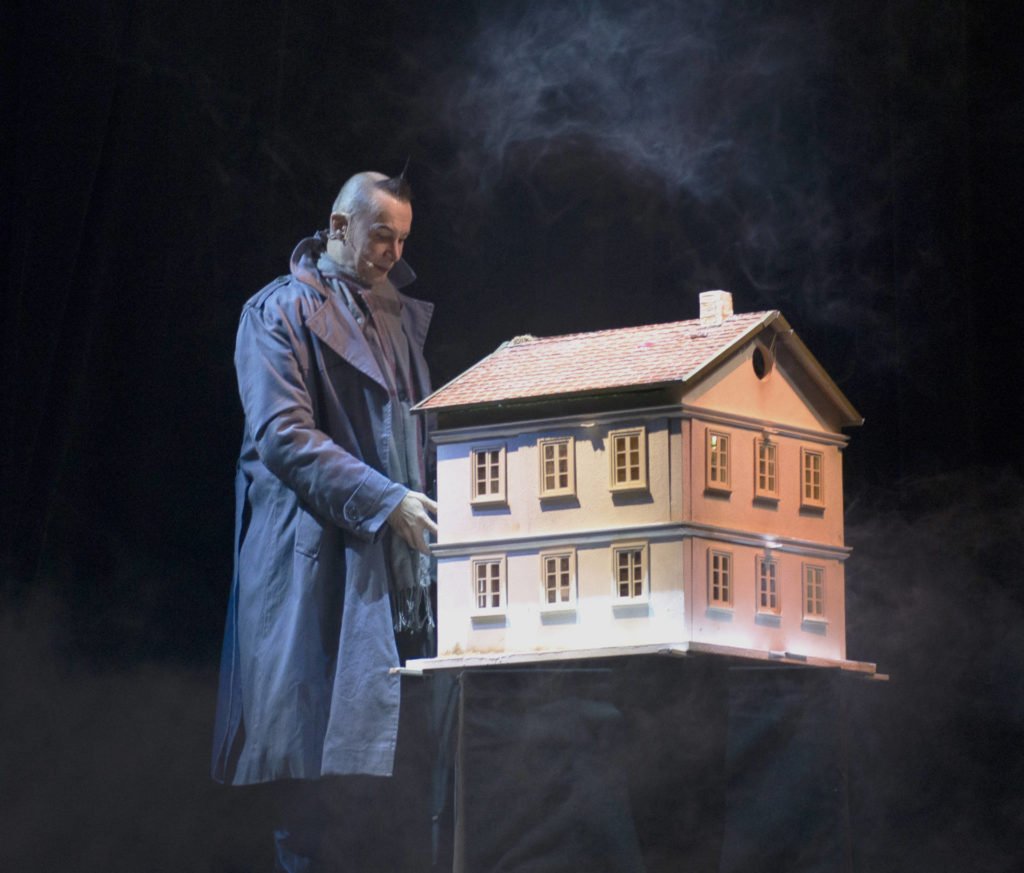
“In the beginning was the magic”
(TEATRO.IT – 01/12/2016 – MARIA LUISA ABATE)
“In the beginning was the magic” From the black and white screen of an old transistor TV, Silvan as engaged in prestidigitation; then the magnetic eyes of Mandrake followed, the dangerous games of Houdini and a succession of illusionists. A prodigious and fascinating world, escaping from the house where the thoughts of a child who once grew up there still reside. The spirit and the heart of Arturo Brachetti embody the myth of the forever young, like Peter Pan, while his art knows no respite in the growth process. There was a lot of autobiographical elements in the “Solo” show, which saw the showman interacting with a camera (Kevin Michael Moore, trusty assistant on stage) intent on rummaging inside a doll’s house (by Matteo Piedi, Zero Studiooutside of time and space. A model whose recesses have been projected onto the backdrop: the optic has been turned upside down, the interior has turned into exterior, making the dreams of the eternal boy apparent, his mental fusion between reality and imaginary coming alive before the audience.
The “World Master of quick change” has interacted with the set design (Rinaldo Rinaldi) in and out of a projected filmed environment (videomapping by video artist and visual designer Riccardo Antonino, with the students of the Politecnico di Torinozapping between real and surreal characters. Brachetti does not make art: he is his own art, which he embodies in the very act of giving her life. The phantasmagoria of lightning, acrobatics, disguises confirms the creative and practical mastery that, once again, leaves us amazed, even for the multiplicity of mastered techniques.
Eccentric music stars, a bestiary born of shadow play, heroes and heroines of fairy tales immersed in their naive candor, they all have conversed with characters and masks of a revived Commedia dell’Arte or presenting the rowdy genuine energy of Italian Comedies, masterfully painting a cross-section of our era. A chameleonic interpreter was what the audience expected and he did not disappoint in the slightest, although the interactions with the spectators were perhaps a tad superfluous, disturbing the spell crafted on stage.
Drawing on the roots and grafting on the new, the show, slowly, almost subliminally, took a new direction, projected forward to start from the personification of the four seasons, with learned musical quotes and pictorial ones, reinterpreted with originality. In the last half hour, the decided change of course steered the show towards the impalpability of poetry, guided by the evanescence of light.
It turned out that the secret room of the house contained nothingness, that is, a universe where thoughts flew and chased each other in a violent whirlwind, similar to what drove Dorothy into the magical world of Oz. The tornado wrapped the domestic objects in its twists, a compendium of the scenic tale that has been catapulted into the vastness of infinity. Beautiful, dense laser beams, jousting, have surrounded the protagonist of blue and the antagonist of red, as a single dichotomous personality unable to split. Representation of the two halves that make up the human being: reasoning and imagination. The latter carried Brachetti up to touch the stars, rained in his arms until they were intertwined, making his inner essence bright and, at the end of the planetary formation process, materializing it again on the earth, in a trickle of sand that the omniscient hands have shaped on a light board.
The storyboard went back to the house and then the face was drawn upon it, with its unmistakable trademark tuft, the face of the traveler pindaric. Through the eyes of Arturo, transformist par excellence, the world, its people… all things are seen in continuous evolution, in a randomized sequence of dissolution and rebirth.
In the theatrical poster the head of Brachetti is split open and another Brachetti comes out of it. A ‘russian doll’ whose thoughts are able to replicate themselves on the path of rediscovering fantasy, an unstable, symbolic element like a handful of dust that, with a simple breath, can take on new form or be forever erased. A secular mandala that represents the artist’s cosmos and that ability to dream that we should all learn to cherish as a treasure, giving value to the preciousness of the ephemeral.



